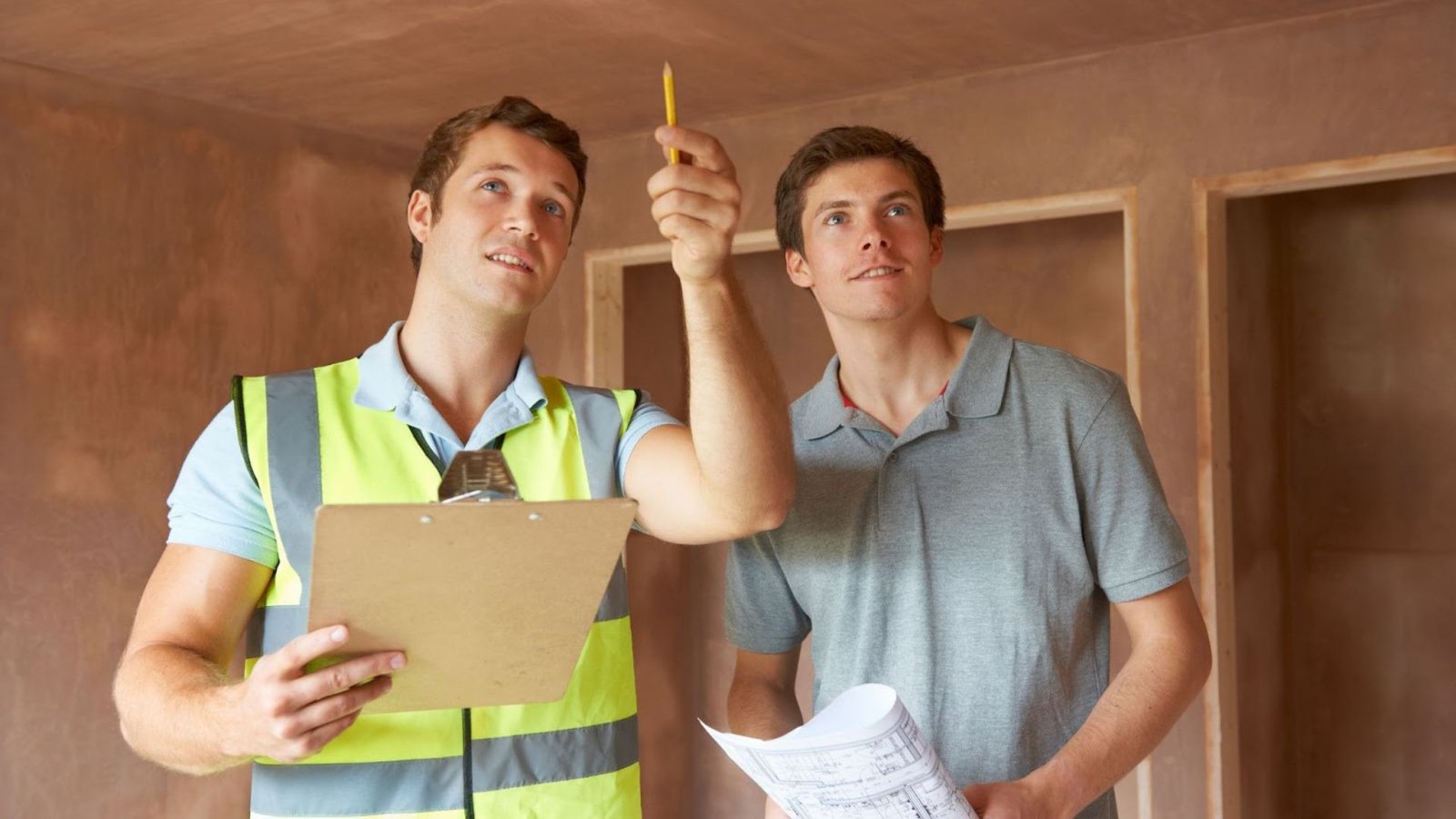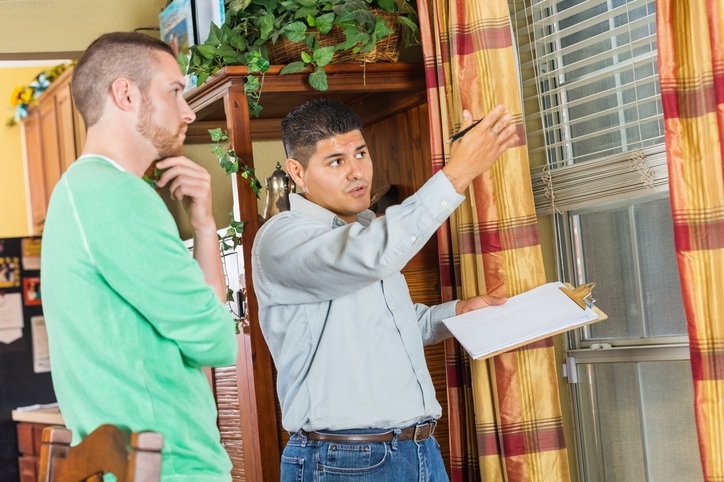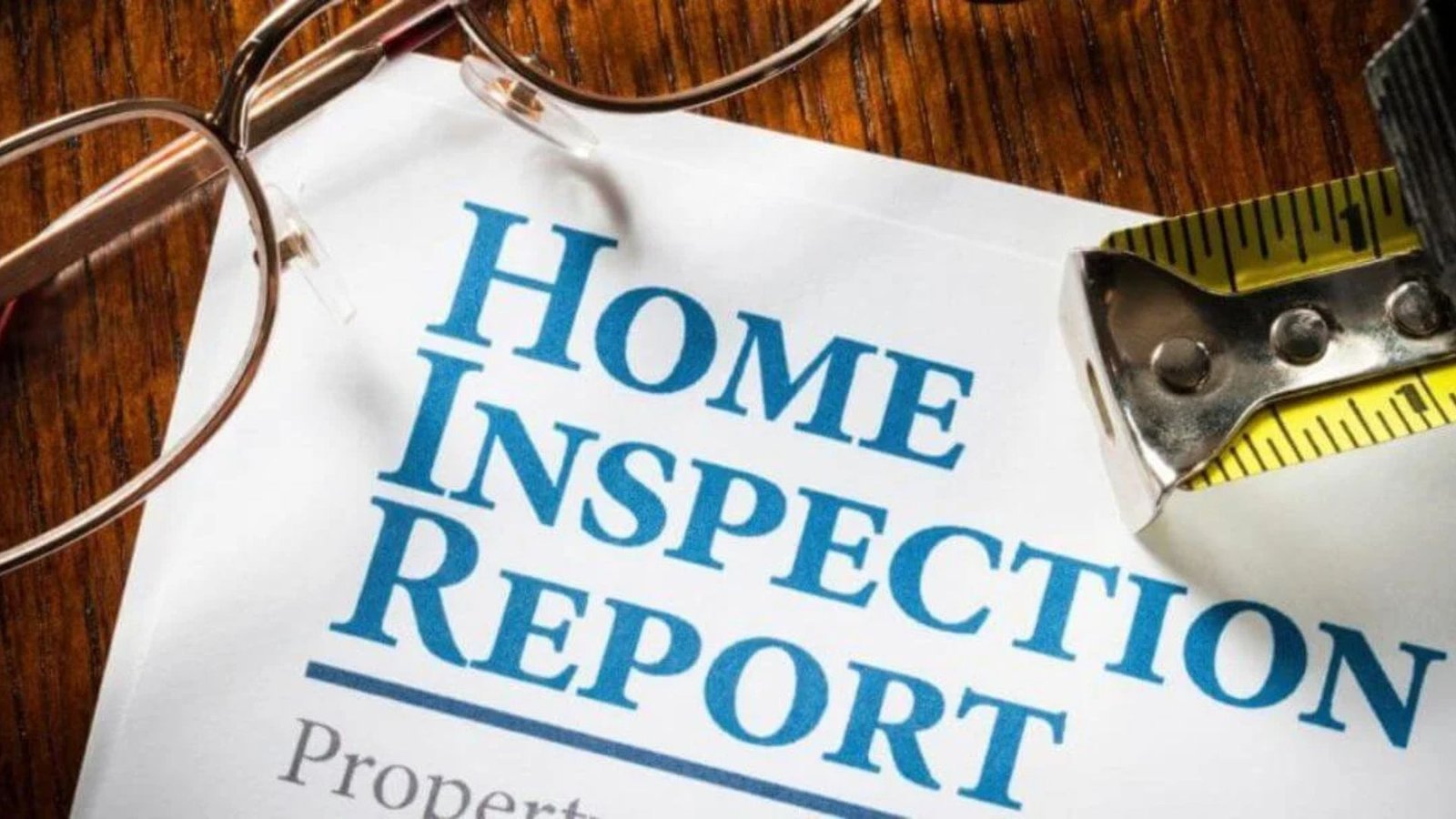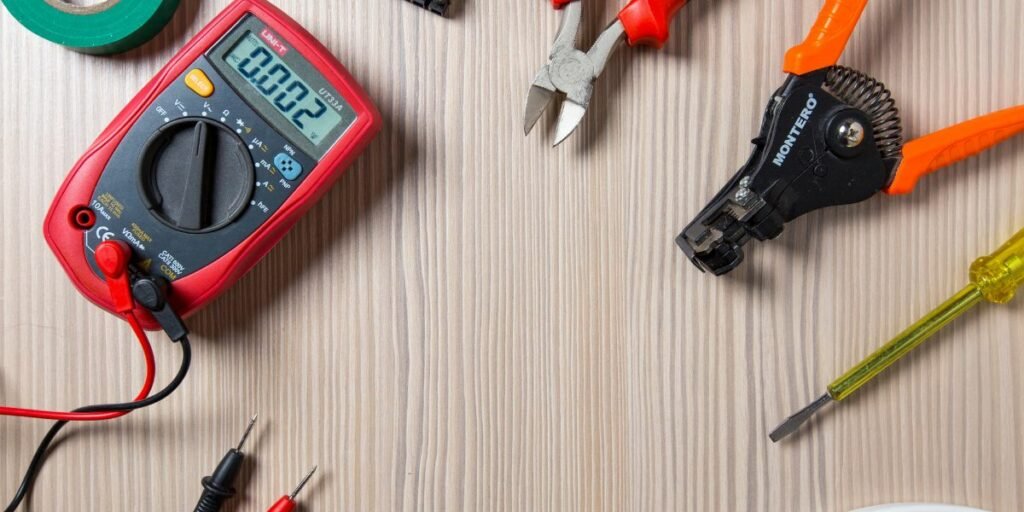Buying a home for the first time can be an exciting yet overwhelming experience. There are many things to consider before making a big decision like this. One of the most important steps in the process is having a home inspection. A home inspection helps you understand the condition of the property and avoid any surprises down the road. In this article, we will provide you with a comprehensive home inspection checklist to guide you through the process.

What Is a Home Inspection?
A home inspection is a thorough examination of a home’s structure and systems. It gives you a clear picture of the house’s condition. During the inspection, a professional inspector checks areas like the roof, plumbing, electrical systems, and foundation. They will then provide a report with their findings, helping you make an informed decision.
For first-time homebuyers, a home inspection checklist is a must. It allows you to focus on the most important aspects of the home and make sure everything is in good shape. With the right checklist, you will feel more confident in your home-buying journey.
Why Is a Home Inspection Important?
A home inspection is essential because it helps identify potential problems that might not be visible to the naked eye. By using a home inspection checklist, you can spot issues early and decide if the house is worth the price. It also gives you the chance to negotiate with the seller, especially if expensive repairs are needed.
Additionally, a home inspection can save you a lot of money in the long run. It might prevent you from buying a house that has hidden issues, such as a leaking roof or faulty plumbing. As a first-time homebuyer, it’s crucial to be prepared and know what to expect during the inspection process.
What Should Be Included in a Home Inspection Checklist?
A home inspection checklist includes several areas of the home that need to be inspected. These areas are divided into different categories, such as structural, exterior, interior, and systems. Let’s break down each part of the checklist to make sure you know exactly what to look for.
1. Roof and Attic
The roof is one of the most important parts of a home. It protects the entire structure from the elements. When going through your home inspection checklist, make sure the inspector looks for missing shingles, leaks, or any signs of damage. The attic should also be inspected for proper insulation and ventilation.
A well-maintained roof can last for many years, but it can be costly to replace if there are problems. So, make sure this part of the house is carefully checked.
2. Foundation and Structure
Next on the checklist is the foundation. The foundation supports the entire home, so any issues with it can be very serious. Cracks in the foundation or uneven floors are signs of potential problems. An inspector will check for cracks, water damage, and other issues that could affect the stability of the house.
The overall structure of the home should also be inspected. This includes the walls, beams, and supports. Ensuring the home’s structure is in good condition is a key part of your home inspection checklist.
3. Plumbing
Plumbing is another area that needs careful attention. A home inspector will check all pipes, faucets, and drains for leaks or clogs. They will also inspect the water heater and look for any signs of rust or damage. Poor plumbing can lead to water damage and costly repairs, so make sure this is included in your home inspection checklist.
4. Electrical Systems
The electrical systems in a home need to be safe and up to code. An inspector will check the wiring, outlets, switches, and the electrical panel to make sure everything is working properly. Outdated or faulty wiring can be a fire hazard, so it’s important to have this part of the home checked carefully.
5. HVAC (Heating, Ventilation, and Air Conditioning)
The HVAC system is essential for keeping the home comfortable. The inspector will examine the heating and cooling systems to ensure they are working efficiently. They will also check the air ducts and filters for cleanliness. A well-maintained HVAC system can save you money on energy bills, so it’s an important part of your home inspection checklist.
6. Exterior of the Home
The exterior of the house includes the siding, windows, doors, and landscaping. The inspector will check for any damage to the exterior, such as cracks, broken windows, or poor drainage. Proper drainage is essential to prevent water from damaging the foundation. Make sure this area is thoroughly examined as part of your home inspection checklist.
7. Interior of the Home
The interior of the home includes the walls, floors, ceilings, and windows. The inspector will look for any signs of damage, such as water stains, cracks, or mold. They will also check the windows to ensure they open and close properly. The inspector may also check for any issues with the insulation or air quality inside the home.
8. Appliances
If the home comes with appliances like a stove, refrigerator, or washer and dryer, the inspector will check to make sure they are in good working condition. This is another important part of your home inspection checklist. While appliances are not always included in the sale of a home, it’s good to know if they need any repairs or replacements.
How to Prepare for a Home Inspection
As a first-time homebuyer, you might feel nervous about the inspection process. However, with the right preparation, you can make the process go smoothly. Here are some steps you can take to prepare for the inspection:
- Hire a Qualified Inspector: Find a licensed and experienced home inspector. Look for someone with good reviews and experience in inspecting homes like the one you’re buying.
- Be Present During the Inspection: It’s a good idea to attend the inspection, if possible. This allows you to ask questions and get a clear understanding of the inspector’s findings. It also helps you learn more about the home and its condition.
- Review the Report: After the inspection, you will receive a report with the findings. Take time to read through it carefully. If there are any major issues, you may want to negotiate with the seller or ask for repairs.
- Use the Checklist: Use your home inspection checklist to guide you through the inspection. This will help ensure that no important areas are missed and that the inspector checks everything on your list.
What Happens After the Home Inspection?
Once the home inspection is complete, you will receive a detailed report from the inspector. This report will include information about any issues found in the home. If there are major problems, you have a few options:
- Negotiate Repairs: If there are minor issues, you can ask the seller to fix them before you finalize the sale.
- Request a Price Reduction: If there are significant problems that will cost money to repair, you can ask the seller to lower the price of the home.
- Walk Away: If the inspection reveals serious issues that you are not willing to deal with, you can choose to walk away from the deal. This is one of the main benefits of having a home inspection—it gives you the option to back out if necessary.
Conclusion
A home inspection checklist is an essential tool for any first-time homebuyer. It helps you understand the condition of the property and make sure there are no hidden problems. By focusing on key areas like the roof, foundation, plumbing, and electrical systems, you can ensure that your new home is safe and in good condition. With the right preparation and an experienced inspector, you’ll be well on your way to making a smart home-buying decision.
Remember, buying a home is one of the biggest investments you’ll ever make. So, take your time, use your checklist, and don’t hesitate to ask questions. Happy house hunting!




